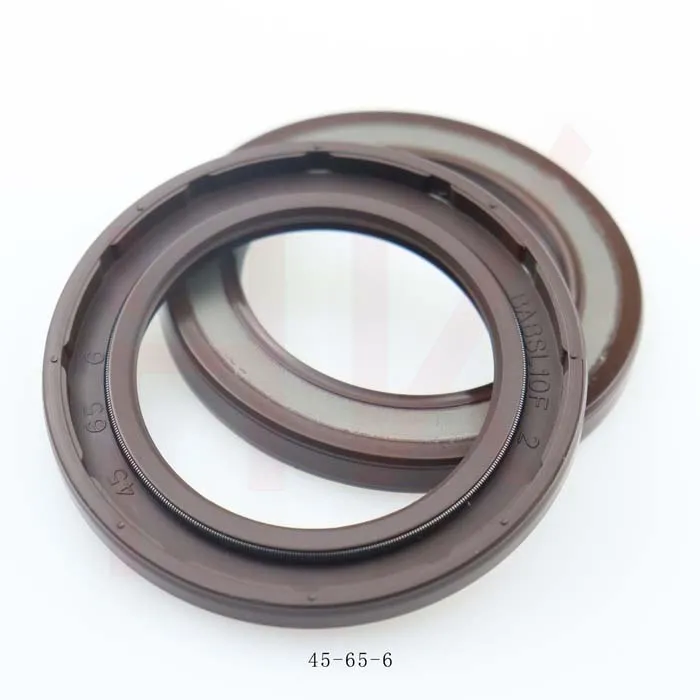Hul . 10, 2024 20:32 Back to list
Hydraulic seal replacement A guide to proper installation and maintenance techniques.
Hydraulic systems are crucial components in many industrial settings, providing the power needed for machinery to function efficiently. One key element of a hydraulic system is the hydraulic seal, which prevents fluid leakage and maintains the system's pressure levels. However, over time, hydraulic seals can wear out and need to be replaced to ensure the system operates effectively.
When it comes to hydraulic seal replacement, there are a few important steps that need to be taken. First and foremost, it is essential to identify the type of hydraulic seal that needs to be replaced. There are different types of seals, including rod seals, piston seals, wiper seals, and O-rings, each serving a specific purpose within the hydraulic system.
Once the type of seal has been identified, the next step is to remove the old seal from the system. This can be a delicate process, as care must be taken not to damage any other components of the hydraulic system. In some cases, specialized tools may be required to safely and effectively remove the seal.
After the old seal has been removed, the next step is to clean the area where the new seal will be installed
hydraulic seal replacement. It is crucial to ensure that the seal fits properly and is free from any dirt or debris that could affect its performance. Once the area is clean, the new seal can be installed following the manufacturer's guidelines.
After the new seal has been installed, it is important to test the hydraulic system to ensure that the seal is working correctly. This may involve running the system at different pressures and speeds to verify that there are no leaks or issues with the seal. If any problems are found, they should be addressed promptly to prevent further damage to the hydraulic system.
In conclusion, hydraulic seal replacement is a vital maintenance task that should not be overlooked. By following the proper steps and taking care to ensure that the new seal is installed correctly, you can help prolong the lifespan of your hydraulic system and prevent costly downtime due to leaks or other issues. If you are unsure about how to replace a hydraulic seal, it is always best to consult with a professional technician who has experience working with hydraulic systems.
-
The Trans-formative Journey of Wheel Hub Oil Seals
NewsJun.06,2025
-
Graphene-Enhanced Oil Seals: Revolutionizing High-Pressure Oil Sealing
NewsJun.06,2025
-
Future of Hydraulic Sealing: Advanced Intelligent TCN Oil Seals
NewsJun.06,2025
-
Don’t Let a Broken TCV Oil Seal Ruin Your Day
NewsJun.06,2025
-
Bio-Inspired Dust Seals for Better Sealing Performance
NewsJun.06,2025
-
Biodegradable and Sustainable Hydraulic Seal Materials
NewsJun.06,2025
-
Top Oil Seal Solutions for Your Industrial Needs
NewsMay.22,2025
Products categories
















